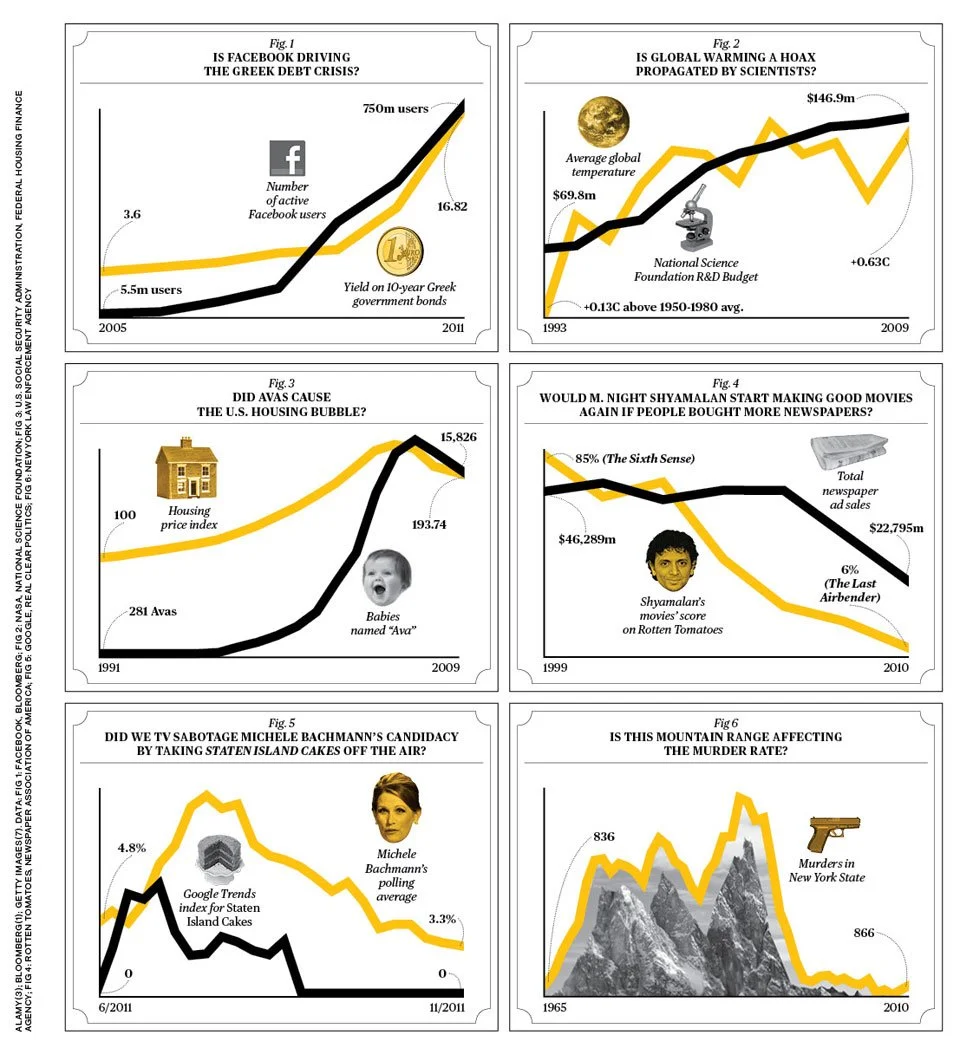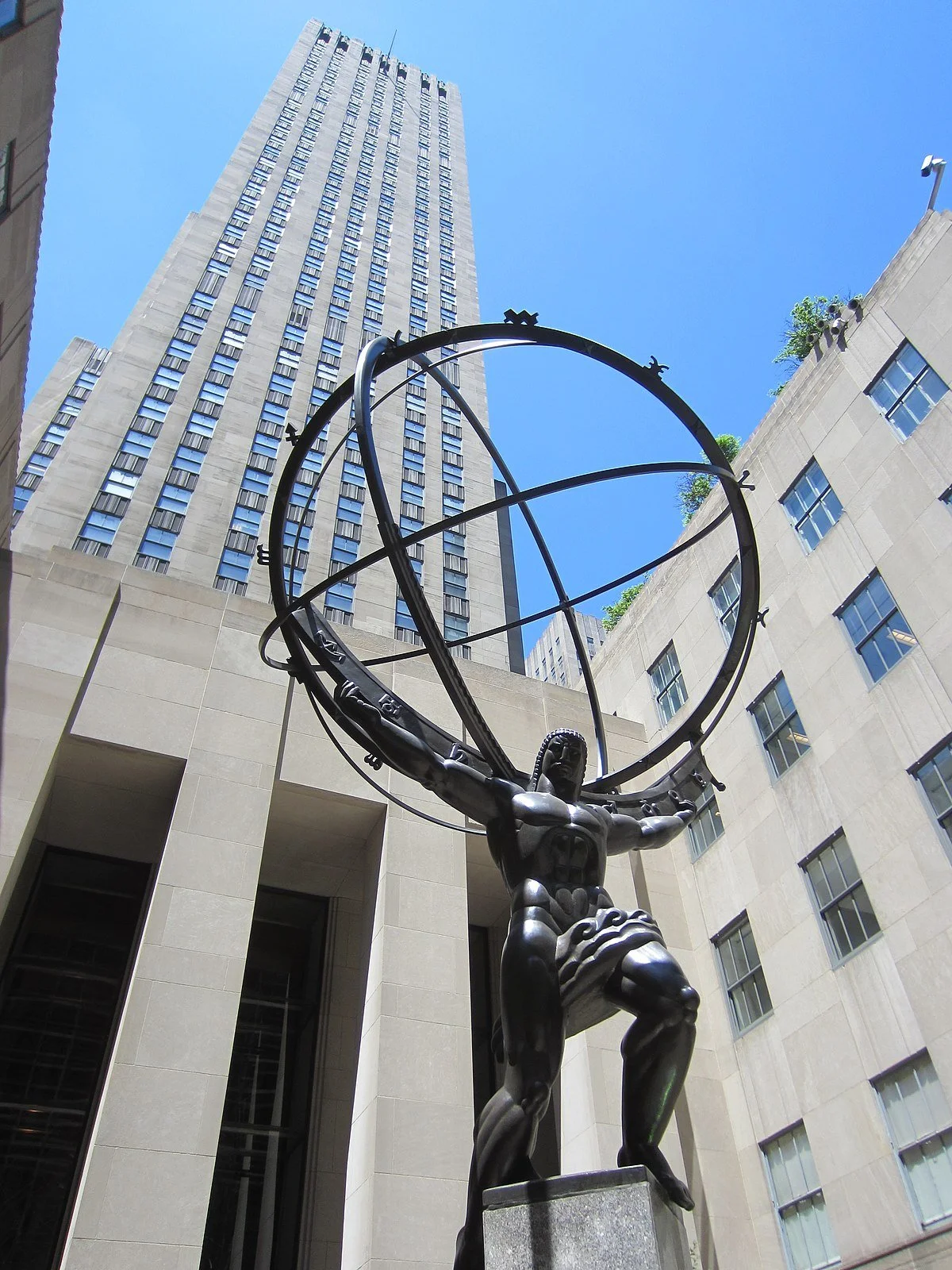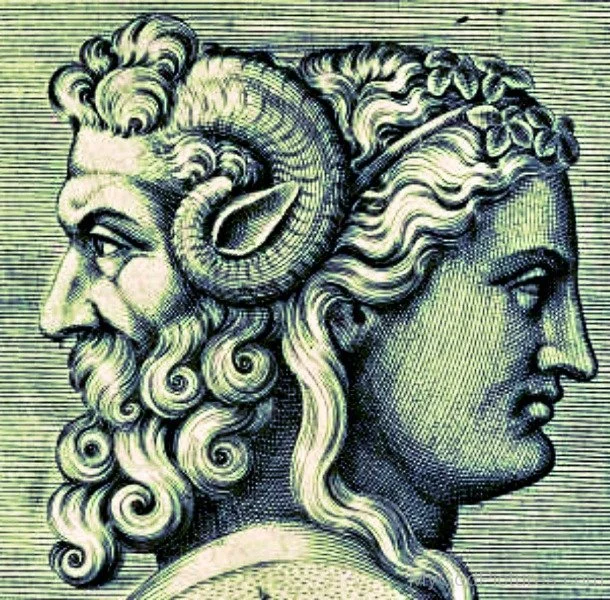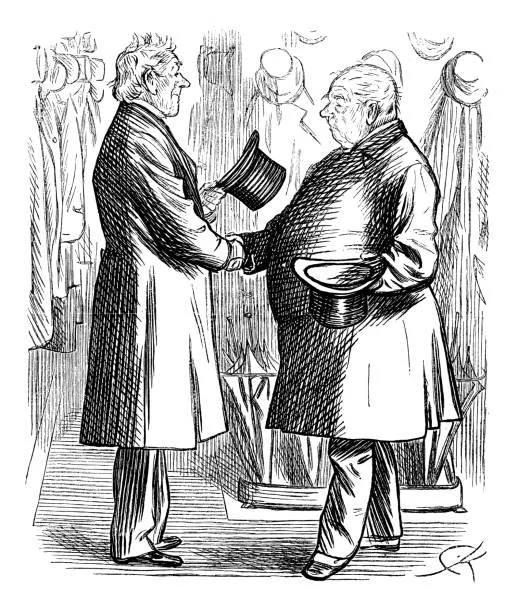Why You Should Fear False Equivalence
They've done studies, you know. 60% of the time, it works every time. —Brian Fantana
There are three kinds of lies: Lies, Damned Lies, and Statistics. —Mark Twain
Above: Facts, Figures, or Fictions?
Statistically speaking, few are any good at the comprehension or application of statistics.
Though roughly 69% of all statistics are made up on the spot (It’s true; Gartner just published the number last month), this doesn’t mean that the median and mode are insignificant. Far from it.
Stats and figures are important insofar as they help us understand the relationship between people, places, and phenomena.
Put alliteratively, how, when, and why what happens to whom.
This brings us to the two big Cs: Correlation and Causation.
Correlation tests for a relationship between two variables. However, seeing two variables moving together does not necessarily mean that one variable causes the other to occur.
A common aphorism chanted in high school classrooms the world over comes to mind: correlation does not imply causation.
Errantly conflating correlation and causation gives rise to fallacies both foolish and fatal. Studies show that the below picture has the ability to save you from many a seductive statistic:
Relatedly, a classic Bloomberg article begins with a sentence so good it makes this White Noise writer green with envy: “Correlation may not imply causation, but it sure can help us insinuate it.”
The writer then outdoes himself with an equally exceptional graphic:
To this farcical list, I submit five examples of false equivalence that have far more serious implications for our personal and professional lives.
Confidence and Competence: You can think yourself the best and be the worst.
Motion and Progress: You can run for miles on a treadmill and end up going nowhere.
Price and Value: You can pay for solid gold and get superficial gilding.
Busyness and Productivity: Your calendar can be full and your bank account empty.
Fame and Success: You can become famous through murder, malice, or making off like Madoff.
Conflating any of the above at best gets messy and at worst ruins your life.
Tread lightly.
Unfortunately, opportunities are a lot like heads of hair: over time they thin out and tend to fade altogether.
Lean on logic to make the most of them. As Jean de la Bruyère wrote, “Logic is the technique by which we add conviction to truth.”
Whatever you’re making sure of, you’d better make sure it makes sense.
After all, no sense often leads to no cents.









